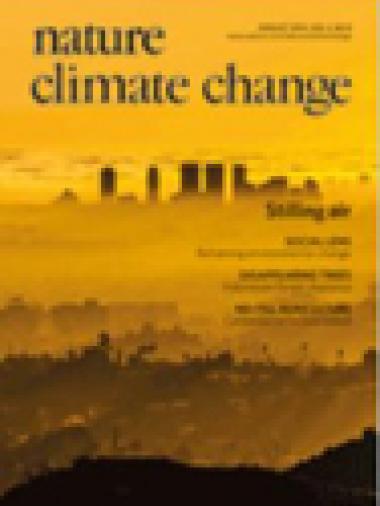Greenhouse gas mitigation potentials in the livestock sector

The livestock sector supports about 1.3 billion producers and retailers, and contributes 40–50% of agricultural GDP. We estimated that between 1995 and 2005, the livestock sector was responsible for greenhouse gas emissions of 5.6–7.5 GtCO2e yr−1. Livestock accounts for up to half of the technical mitigation potential of the agriculture, forestry and land-use sectors, through management options that sustainably intensify livestock production, promote carbon sequestration in rangelands and reduce emissions from manures, and through reductions in the demand for livestock products. The economic potential of these management alternatives is less than 10% of what is technically possible because of adoption constraints, costs and numerous trade-offs. The mitigation potential of reductions in livestock product consumption is large, but their economic potential is unknown at present. More research and investment are needed to increase the affordability and adoption of mitigation practices, to moderate consumption of livestock products where appropriate, and to avoid negative impacts on livelihoods, economic activities and the environment.
Citation
Herrero M, Henderson B, Havlik P, Thornton PK, Conant RT, Smith P, Wirsenius S, Hristov AN, Gerber P, Gill M, Butterbach-Bahl K, Valin H, Garnett T, Stehfest E. 2016. Greenhouse gas mitigation potential in the livestock sector. Nature Climate Change 6:452–461.